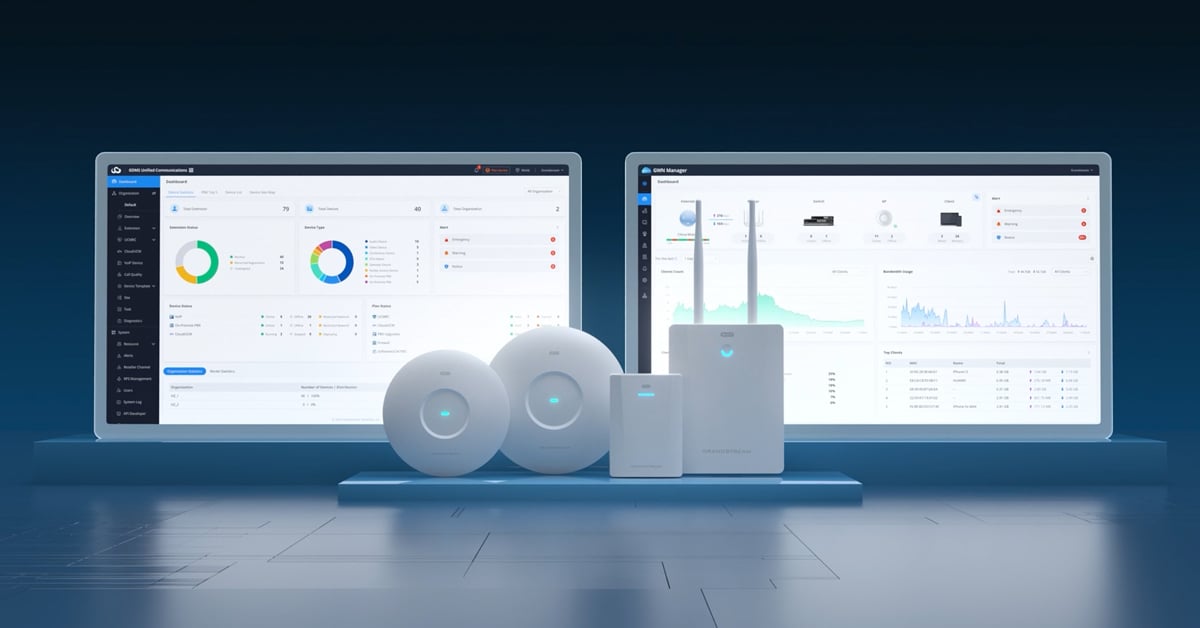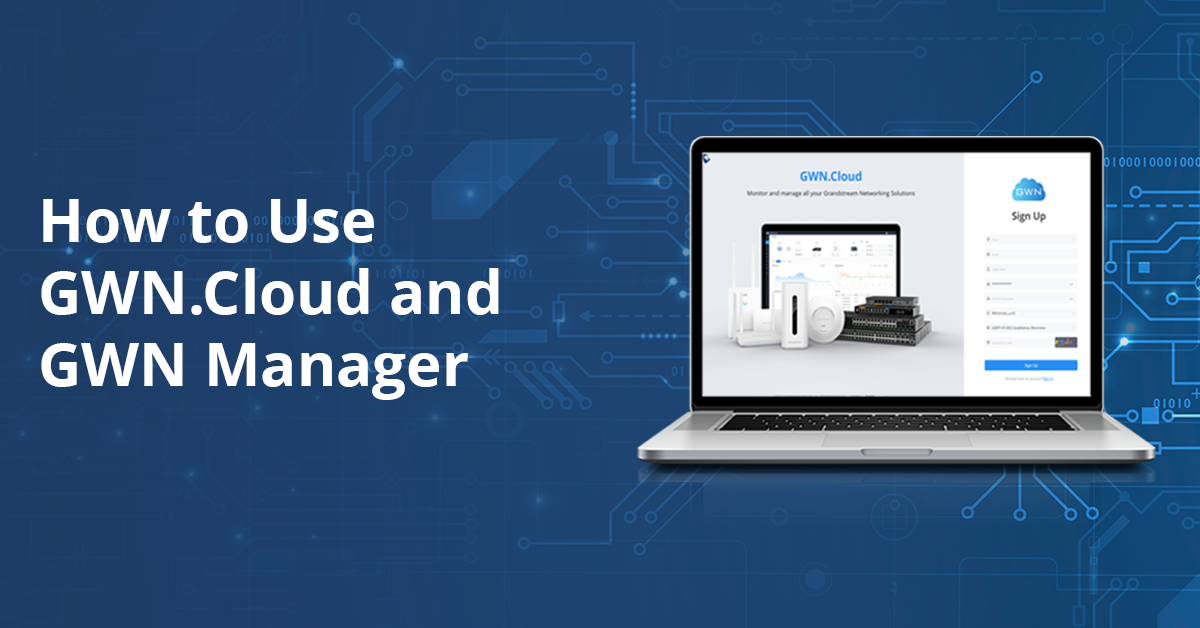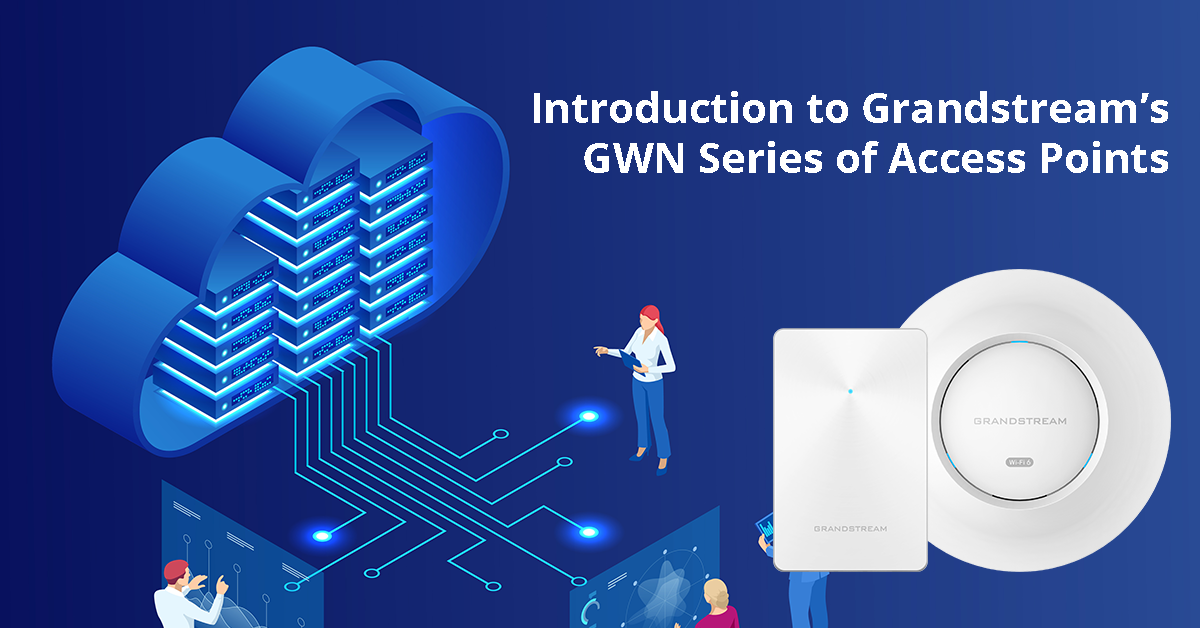Exploring Key Features of the New Wi-Fi Standard
8 Minute Read or Listen
Wi-Fi technology is rapidly evolving to meet the ever-growing demand of an organization's wireless requirements. Offices, hotels, commercial environments, and industrial locations increasingly require a wireless network that can be deeply integrated into their operations. The Wi-Fi 7 standard (IEEE 802.11be) is packed with a variety of features, such as the 6Ghz band, 4K-QAM, and Multi-Link Operation, that improve the total bandwidth a single access point can provide and make the standard a better choice for highly congested client deployments. Grandstream's generation of Wi-Fi 7 access points is gradually being added to our GWN portfolio, learn what they offer by reading this blog post.

























.webp?width=250&height=131&name=how-to-use-gdms-q1-2024%20(1).webp)



























